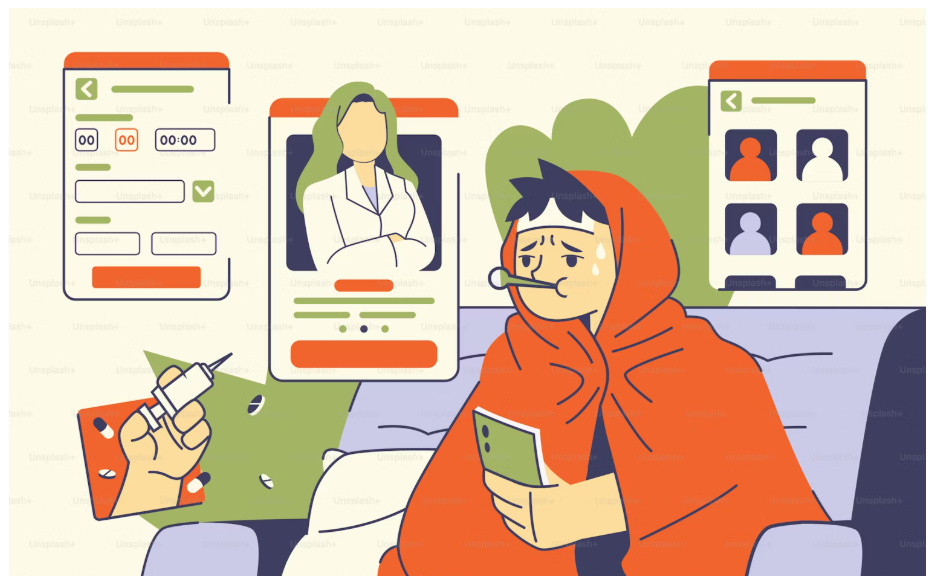After a car accident, the first question many people ask is, “What does my Auto insurance actually cover?” It’s a fair question, because not all plans cover the same things, and there are often hidden rules that people only find out when it’s too late. In the USA, auto insurance can be tricky, especially if you don’t understand the terms and coverage types. This blog explains everything in plain and simple words to help you know what your auto insurance will do for you after an accident.
Table of Contents
Why It Matters to Know Your Coverage
Car accidents can be stressful, painful, and very expensive. From fixing your car to paying medical bills or even dealing with a lawsuit, the costs can add up fast. That’s why it’s important to understand what your auto insurance covers before something bad happens. Some people think Auto insurance will pay for everything—but that’s not always true.
If you know what your plan includes, you can make better choices, avoid surprise bills, and even protect yourself from legal trouble. You can also find out if you need to upgrade your plan to get better protection.
Main Types of Coverage After an Accident
Different parts of your auto insurance policy cover different things. Here’s a table to help you see what each part does:
| Coverage Type | What It Covers | Who It Helps |
|---|---|---|
| Liability Coverage | Damage to other people’s cars and medical bills if you caused the accident | Helps the other driver and their car |
| Collision Coverage | Pays to fix or replace your car after a crash, even if it was your fault | Helps repair your own car |
| Comprehensive Coverage | Covers damage from things other than a crash (theft, fire, falling tree, etc.) | Helps repair your car for non-crash events |
| Medical Payments (MedPay) | Pays medical bills for you and your passengers, no matter who caused the accident | Helps you and your passengers |
| Uninsured/Underinsured Motorist | Pays if the other driver has no insurance or not enough insurance | Protects you from others without coverage |
Real-Life Example: Who Pays for What?
Let’s say you’re driving to work and another car hits you. The other driver ran a red light, and your car has $7,000 in damage. You have a hurt arm, and your passenger has a minor back injury. Here’s what happens:
- If the other driver is at fault and has Auto insurance:
Their liability coverage should pay for your car repairs and medical bills. - If the other driver has no insurance:
Your uninsured motorist coverage will help cover your losses. - If you also have collision coverage:
You can use that to get your car fixed quickly without waiting for the other driver’s insurance to respond. - If you or your passenger have big medical bills:
Your MedPay or your own health insurance might help cover the costs.
Bold Research Keywords: what does car Auto insurance cover USA, accident Auto insurance coverage, auto insurance explained USA, car accident Auto insurance guide, post-accident insurance claims
Important Things to Check in Your Policy
Before you get into an accident, it’s smart to know what your current auto insurance covers. Here are some key things to look at in your policy:
- Do I have collision and comprehensive coverage?
(These are not required by law but are very helpful.) - What are my coverage limits?
(This is the maximum amount your insurance will pay.) - Do I have medical payment coverage?
(This helps pay for injuries, even if it’s a small amount.) - Do I have uninsured/underinsured motorist coverage?
(It’s very important, especially in states where many drivers have no insurance.) - What is my deductible?
(This is the amount you must pay before insurance kicks in.)
What Insurance Does Not Cover
Even though auto insurance helps a lot, there are some things it usually does not cover after an accident:
- Normal wear and tear on your car
- Mechanical failure not caused by the accident
- Damage above your policy limit
- Personal belongings in your car (unless you have extra coverage)
- Rental car costs (unless you added rental reimbursement coverage)
You might be surprised to learn these things are not always covered. That’s why it’s important to ask your insurance company questions and read your policy carefully.
How to File a Claim After an Accident
After an accident, you need to act fast and carefully. Filing a claim properly can make a big difference in how quickly you get help. Here’s a simple step-by-step guide:
- Make sure everyone is safe and call 911 if needed
- Exchange information with the other driver (name, insurance, license plate)
- Take photos of the damage and the accident scene
- Contact your insurance company as soon as possible
- Give a clear and honest report of what happened
- Follow up to track your claim and get updates
If you wait too long or miss steps, it might delay your payment or hurt your case.
Final Thoughts
Auto insurance is more than just a legal requirement. It’s your backup plan when something goes wrong on the road. After an accident, knowing what your insurance covers can make a big difference in how quickly you recover—physically, emotionally, and financially. Don’t wait until it’s too late. Check your policy today, ask questions, and make sure you have the protection you need.
How to Choose the Right Health Insurance Plan in 2025
Accidents are never planned, but your coverage can be.

1 thought on “What Does Auto Insurance Cover After an Accident in 2025”